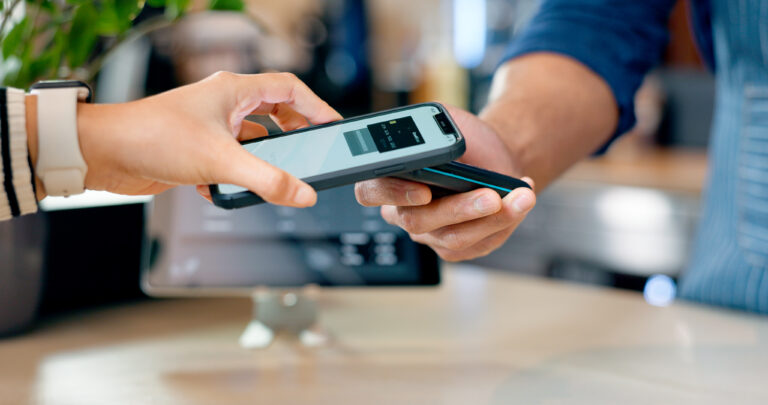New technology has shifted customer preferences and behaviours, especially with the rise of more convenient forms of payment. Here are five trends you may have noticed.
In an increasingly digital age, the way we do things tends to change pretty quickly, and banking is no exception. Payment processes and the ways we interact with mutuals, credit unions, and building societies have evolved rapidly and will likely change even further in the future.
While many customers love their new ways of banking, some will miss habits of the past, such as stepping into branches for all banking services. Customer-owned banks recognise that and are always looking for new ways to provide the best service to members, while keeping a lid on costs.
With that in mind, here are five trends that are changing the way customers pay and interact with their bank.
Cheques are being phased out
Before the explosion of new payment options, if you had a big item to buy, you probably would have used a cheque. However, Federal Government data shows there has been an almost 90 per cent drop in cheque use in the last decade, with cheques now making up less than 0.2 per cent of non-cash retail payments.
As a result of this shift in consumer behaviour, cheques are being phased out. By 2027, no more personal cheques will be offered or accepted in Australia.
Mobile wallets are replacing physical wallets
Many Australians have now ditched their bulky pocket wallet for a more convenient mobile wallet. Digital cards are stored securely inside the mobile wallet, with security features such as FaceID to ensure only their owners use them.
AI and apps are being used for personal finance
With the emergence of artificial intelligence technology, more Australians are turning to AI for tasks like budgeting and smart shopping. For example, AI shopping apps can help customers shop for specific looks by identifying brands using a photo. At the same time, they can hunt the web for the cheapest price.
Cash is no longer king
Only a decade ago, it was fairly common for people to load up their wallets with cash before a trip to the shops; however, that’s becoming a thing of the past.
With new, more convenient ways to pay – such as debit/credit cards, PayID, Apple Pay and Google Pay – few Australians now carry cash. The change has happened very quickly. Reserve Bank of Australia data shows one-in-20 people used cash for all in-person transactions in 2022, compared with one-in-10 three years earlier.
Transactions are happening more quickly
Digital technology allows us to send money to the other side of the world instantly. For customers, this means super-fast and transparent transactions. There are a number of benefits to this, including efficiency.
Again, with the pace of new payment technology, we expect an ever-emerging range of new ways to pay, just around the corner.
